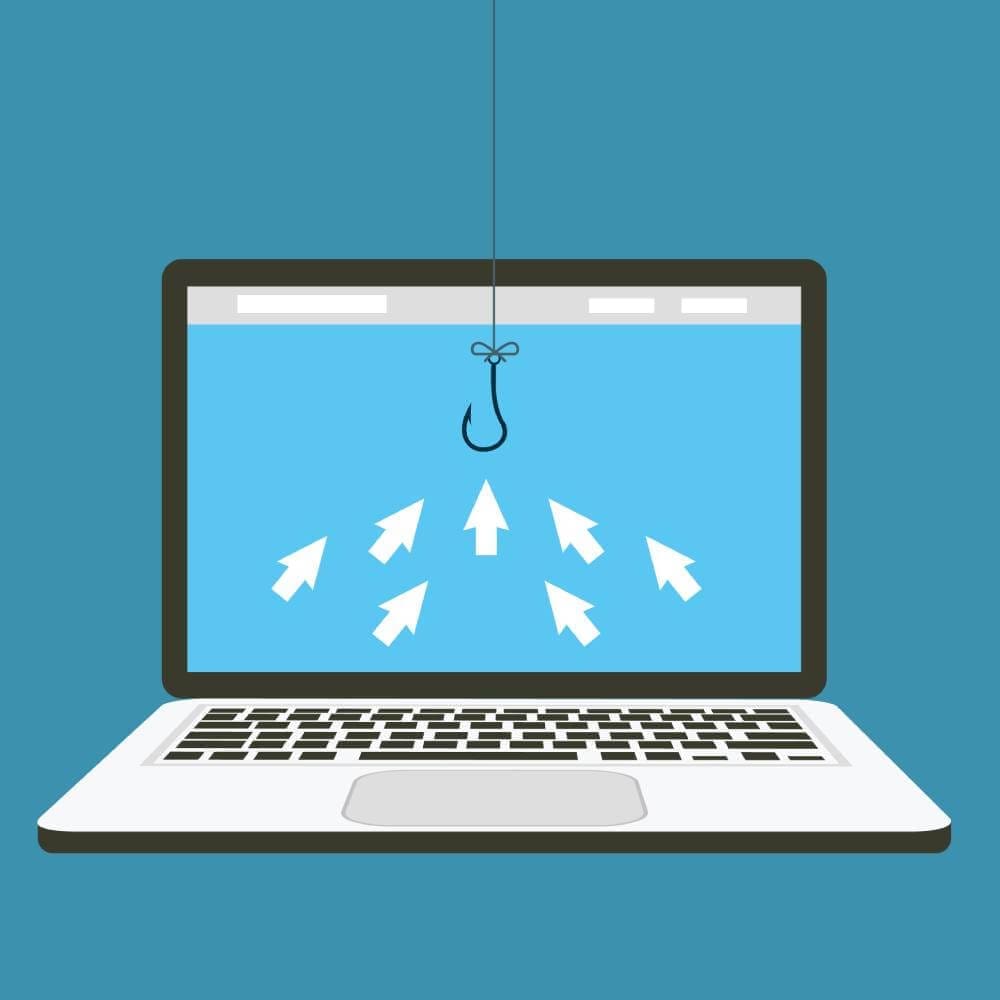Email marketing looks like a bit of a dinosaur with all these new digital marketing channels popping up left and right. It’s been around for ages and it’s possible it might be on the back-burner amongst your other channels. What if I told you however, that email marketing has the leading conversion rate of any digital channel amongst law firms. Well I’d be telling you the truth. This report from Ruler Analytics shows that email has the highest conversion rate among any digital channel. So while email may be the dinosaur of the pack, it’s far from extinct.
Understandably there are a lot of variables when it comes to developing or fine tuning an email strategy for law firms. It can be quite overwhelming knowing what to send, where to send it, how often, what your messaging and content should look like, etc. There are so many questions! Well we’re here to take a look at some of the most common questions, and try to give you some answers.

So what’s the first question on anyone’s lips? Well it’s probably who you’re sending emails to in the first place. It’s all rather useless developing a strategy if you’ve got no one to send stuff too. So, how do we develop an email list?
Email Strategy For Law Firms
Developing An Email List
Can you just buy a list and get cracking. Well, yes you can. Should you? No, you probably shouldn’t. Chances are not everyone on said list will be someone who you actually want to target in the first place. It’s important to have a focused idea of who you want to be converting in the first place. There’s a few ways of getting these types of people on your list.
The first option is to build something manually by scouring the internet. If you’re undertaking this route, it’s of course important to understand first and foremost the GDPR is a thing. As long as there is a legitimate business interest, and you are intending to sell, there aren’t really any issues in a B2B context, but with B2C there are a lot more red flags.
Admittedly, gathering data manually is quite a laborious and resource intensive task. The 1 thing you have complete control over however, is exactly who you’re targeting. You can find quite a lot of details online nowadays, so building a list may take some time, but each individual will be extremely qualified.

A preferred option to developing email lists is of course to develop some content hooks. You can encourage your website visitors to willingly volunteer their data for a juicy piece of your content pie. If you’re creating great content, and providing answers to your audience, visitors will be a whole lot more likely to volunteer their details, if you ask them!
So now we’ve got an email list, what do we send?
Email Content – Subject Lines
The first thing anyone sees in an email is the subject line and preview text. This is the most important part of your email, they’re make or break. Here’s a few ideas to make a subject line stand out!
- Short and sweet!
- Use important keywords, but eliminate filler words
- Convey a sense of urgency or stimulate some curiosity
- Use actionable language
- Include numbers, they’re easy to understand
- Try something different, maybe use emojis
- DON’T YELL BY USING ALL CAPS
The final thing to do, which is completely contradictory, is to ignore everything above, and test your own methods. Every business, product, service etc. is different, so why does the same rule fit for everyone? It doesn’t. Test everything and find the best results for you.
Email Content – Body
You’ve got someone into the body of your email. Action stations! In the body of your email you want to encourage readers to follow your CTA. How can we do that?
- Be personable and customised
- Establish relevance early on
- Tell a story; be engaging and interesting
- Be as brief as possible, get to the point
- Talk about benefits, not features. What can you deliver for your customer, rather than what you do generally. Again, think numbers!
- Be funny, tell a joke, use memes, gifs, emojis, be memorable!
I don’t want to say it again but I’m going to… Test everything out yourself, what works for someone else might not work for you.
Email Content – Structure
Having great content is crucial, but again it’s all a waste of time if your email looks like a blob of text in the middle of your screen. The email is currently just talking to you, we need to add a bit of jazz and make it sing!
- Emails are an extension of your brand, use the same colours, fonts, tone of voice etc.
- Add some form of media, whether that’s videos or images, and maybe some graphics too
- Consider using prefabricated templates
Now we’ve got the who and the what of your email, we need to figure out when we’re sending it?
How Often Should You Send Emails?
This one is difficult to say. You might have a load of different email lists for a variety of functions. It’s important not to spam anyone into unsubscribing. You have to find a balance. When you start your email campaigns it’s probably best to use a ‘less is more’ approach. Once you start creating more content that your audience needs to see, monthly newsletters, exciting developments, news, deals, etc. That is when you could consider having a more regular email schedule. The most important thing is don’t send something for the sake of sending it. Everything should have a purpose!
What are the metrics that matter?
Almost every email campaign has the same common benchmarks. Open rate, and click through rates. Those 2 metrics are important, but they don’t have to be the only ones you’re measuring. What are your goals for your email campaign? Is it to generate leads, to drive traffic to your website, to get views on your social profiles, to gain insight. Each of these can and should be measured to understand your email campaigns performance.

Perhaps you have an email with 3 different links in it. It might be an idea to measure which links are getting clicked the most or least, so you can reconfigure your email copy to drive clicks to the most desirable link. Set goals from the onset and measure all of them!
It is also important to monitor several other unwanted metrics. Bounce rates, and unsubscribe rates. An email bounce is when your email can’t be delivered. Soft bounces don’t really matter, as that just means that the receiver’s inbox is probably full. A hard bounce means that your email has failed to deliver permanently, likely due to a fake or invalid email address. Remove any hard bounces from your list, continually sending emails to hard bounced emails will hurt you overall deliverability.
It is also a given that some people will unsubscribe, so don’t make it impossible for people to do so. Just keep an eye on when and where people are unsubscribing. If you’re getting lots of readers unsubscribing, maybe you’re sending out too many emails, or the content isn’t what they want to be receiving. Consider implementing more audience segments to ensure people are receiving the right content at the right time. This unsubscribe rate is a good monitor of how your emails are being received.
Final Thoughts
Email marketing may not sound overly elegant, but it cannot be overlooked as part of your digital strategy. It’s one of the only digital assets that you actually own (alongside your website), and thus building out one of your own assets will always provide scalable growth!
If you are looking for any more tips with your email strategy, or are looking to talk about your digital marketing, please contact us here for a free consultation.





